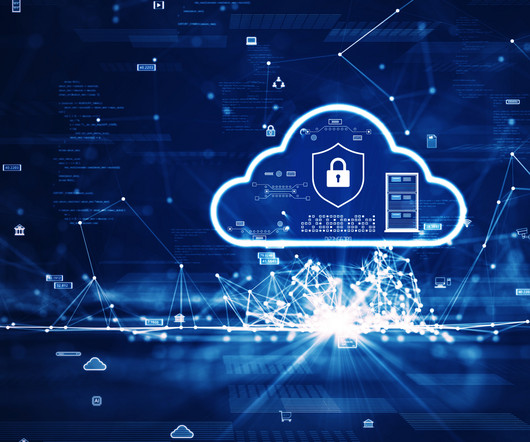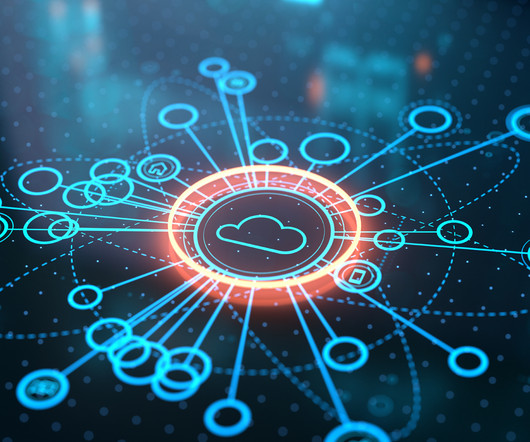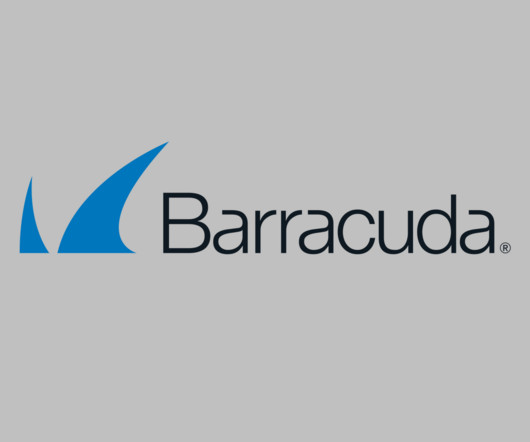How Secure Is Cloud Storage? Features, Risks, & Protection
eSecurity Planet
JANUARY 18, 2024
Cloud storage is a cloud computing model that allows data storage on remote servers operated by a service provider, accessible via internet connections. It excels in remote access, scalability, and security, with distributed storage options and privacy adherence capabilities.















Let's personalize your content